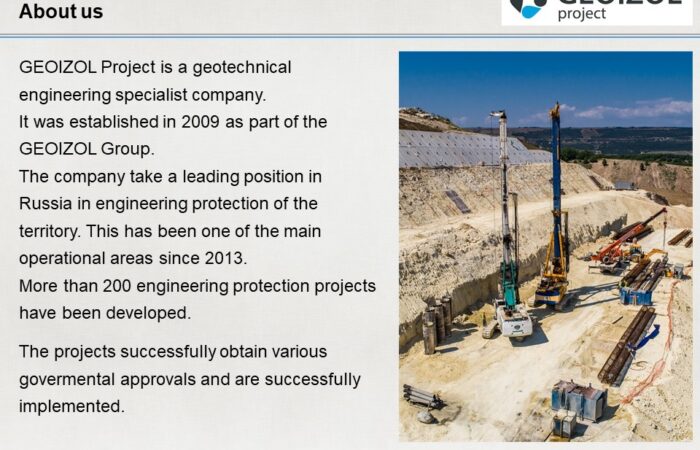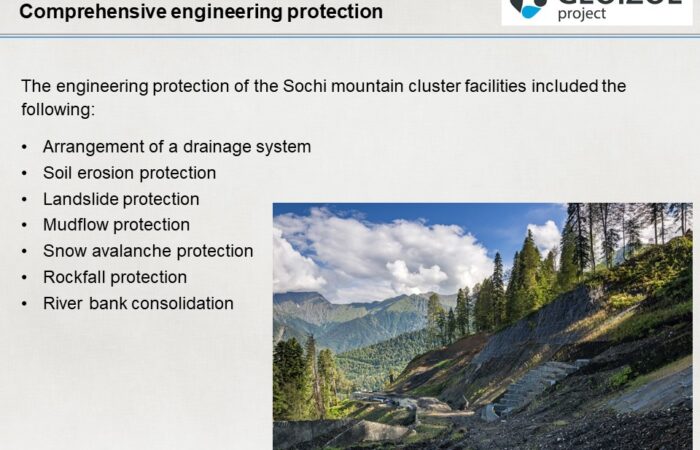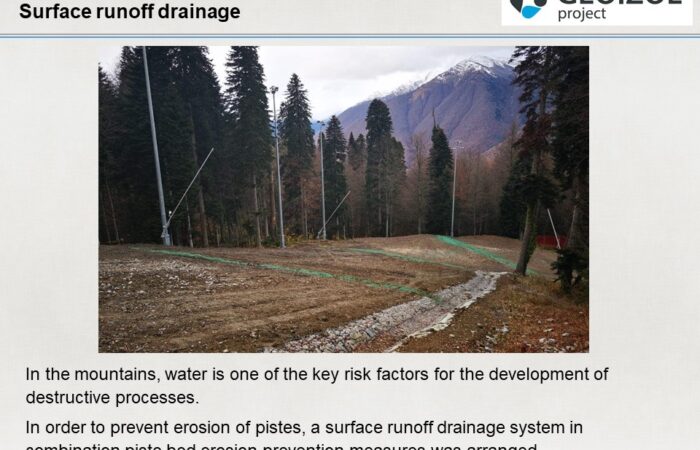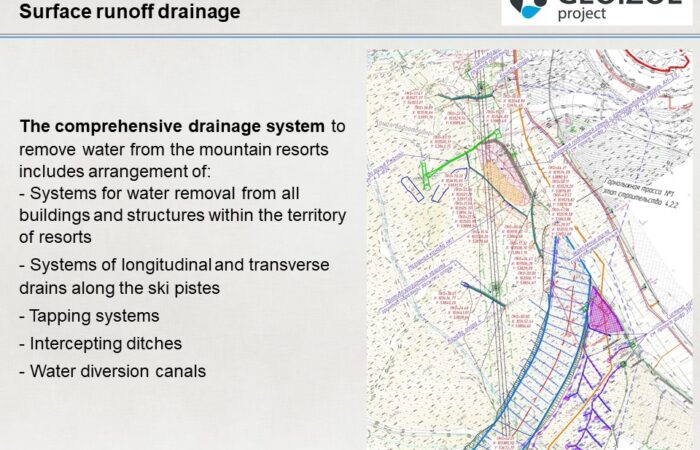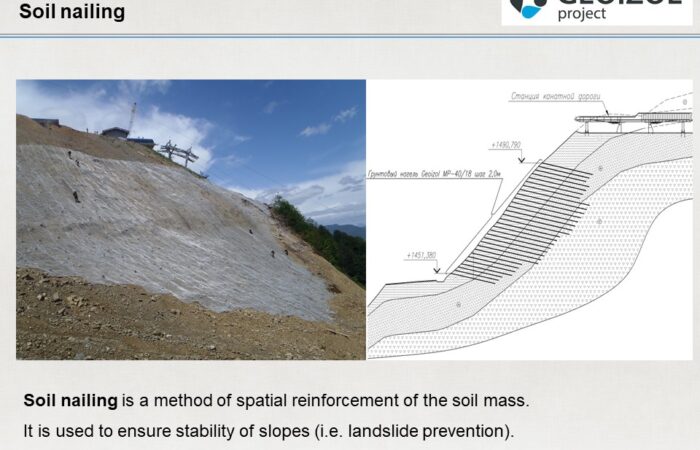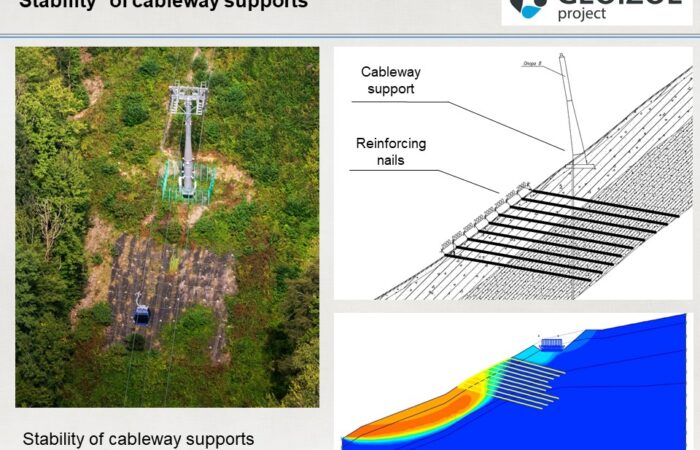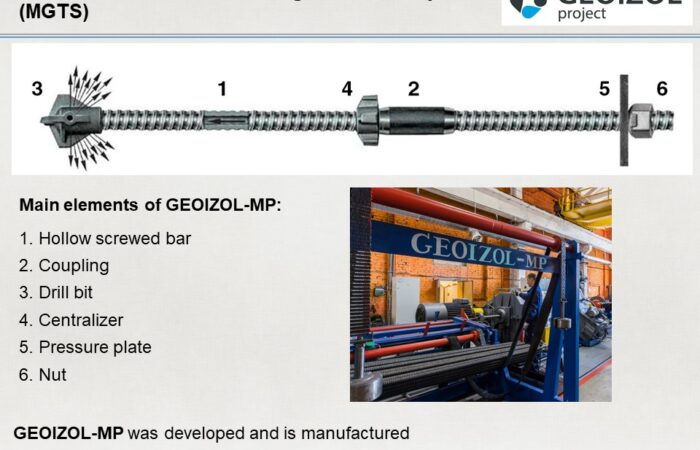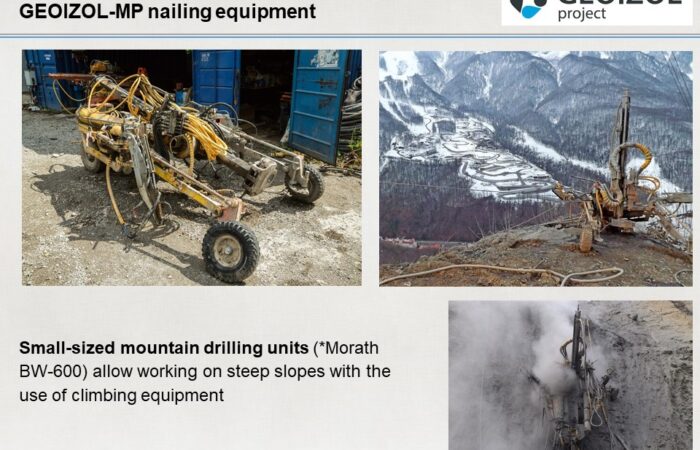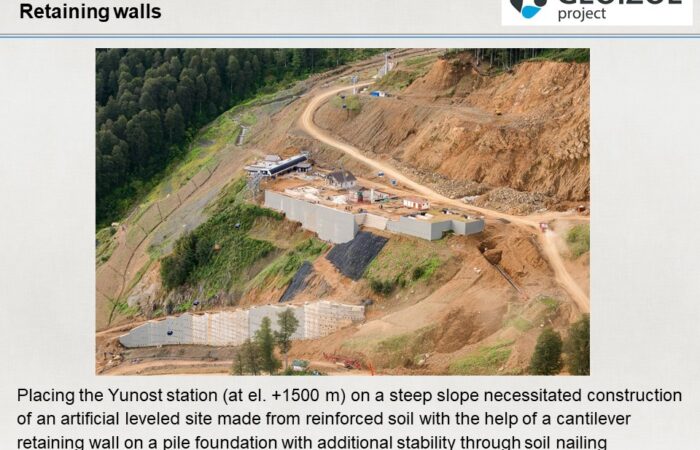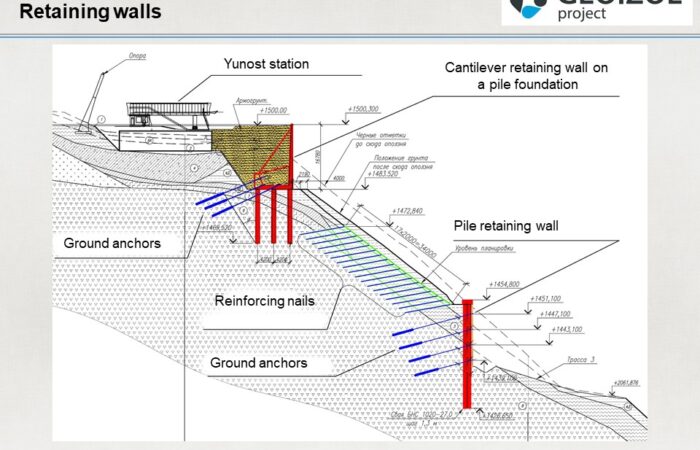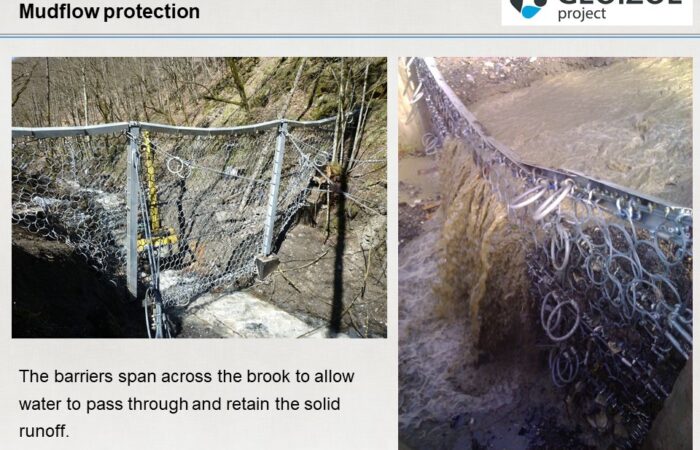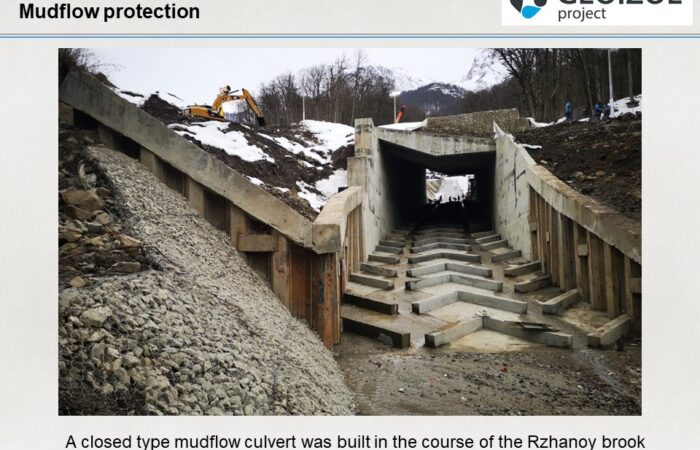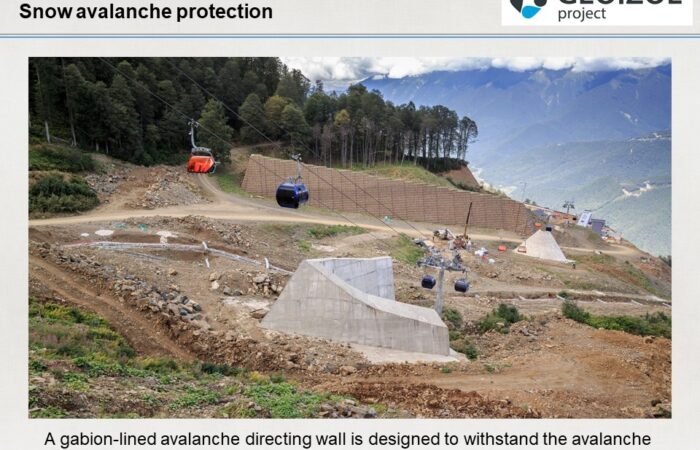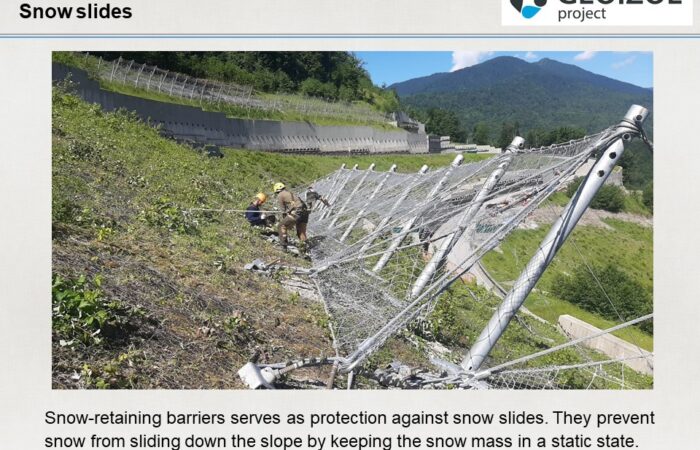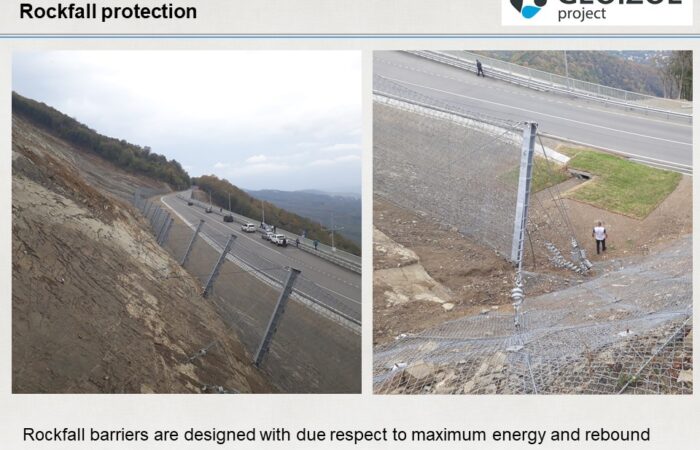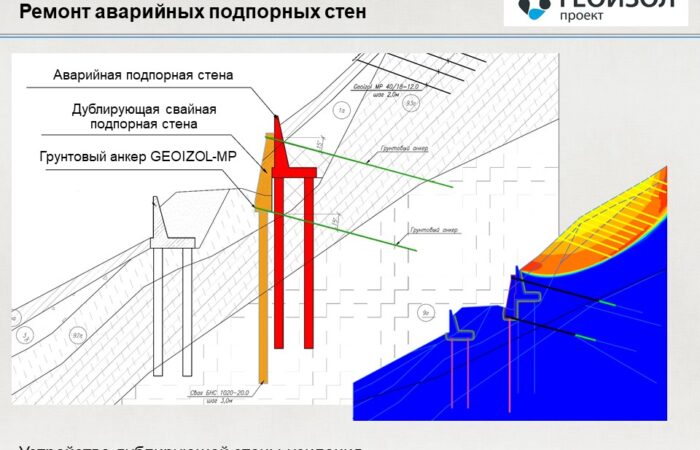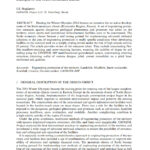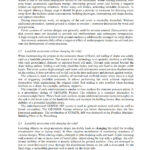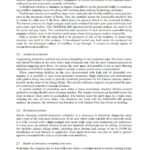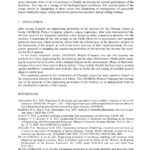The report was read at the 17th Asian Regional Conference on Soil Mechanics and Geotechnical Engineering, which took place on August 14-18, 2023 in Astana (Kazakhstan).
I.S. Bogdanov
Chief Technical Officer, GEOIZOL Project LLC, St. Petersburg, Russia
ABSTRACT: Hosting the Winter Olympics 2014 became an incentive for an active devel-opment of the Sochi mountain cluster (Krasnodar Region, Russia). A set of engineering protec-tion measures against dangerous geological phenomena and processes was taken on the territo-ry where sports and recreational infrastructural facilities were to be constructed. The Sochi mountain cluster became a real testing ground for implementing advanced technical solutions in the area of engineering protection in really specific conditions when developing facilities in the national park on a steeply sloping terrain under the risk of high seismic activity (9 points). The article provides review of the measures taken. They include constructing flexible mudflow-retaining and snow-retaining barriers, ensuring the stability of slopes by soil nailing using the GEOIZOL-MP multifunctional geotechnical system, constructing retaining structures (retaining walls) of various designs: piled, corner monolithic on a piled base, reinforced soil, gabions.
KEYWORDS: Engineering protection of the territory, landslide, mudflow, snow avalanche, rockfall, erosion, ground anchor, GEOIZOL-MP
1.1 GENERAL DESCRIPTION OF THE DESIGN OBJECT
The 2014 Winter Olympics became the starting point for creating one of the largest conglomerates of mountain climate resorts in Eastern Europe in the mountain cluster of Sochi (Krasnodar Region, Russia). Implementation of the large-scale construction project began in the national park, which required to minimize environmental impact and preserve the existing ecosystems. The construction sites of the recreational and sports infrastructural facilities were located in the hard-to-reach areas on steep slopes. There was a risk for the facilities to be exposed to the dangerous geological phenomena and processes such as soil erosion, landslide processes, mudflows, snow avalanches, and rockfalls. Another complicating condition is a high seismic activity of the region (9 points).
Under the given conditions, traditional methods of engineering protection of the territory with massive reinforced concrete structures, dirt fills, and dams were inapplicable. GEOIZOL Project analyzed the best international practices in engineering protection of the territory and introduced a wide range of advanced technical solutions to ensure the possibility of construction and subsequent safe operation of the facilities.
It is especially worth noting a comprehensive approach to engineering protection of the territory and facilities that included a use of combinations of various structures to improve reliability of structures and optimize financial costs. The mountain cluster of Sochi became a testing ground for implementing new methods of engineering protection of the territory. One of the outcomes of this work is development of the regulatory and technical base as well as adding new technologies and solutions to the standards.
2 MEASURES FOR COMPREHENSIVE ENGINEERING PROTECTION OF THE TERRITORY
2.1 Drainage and protection against erosion
Water is one of the main destructive factors in the mountains. When flowing downhill, running water accumulate significant energy, destroying ground cover and having a negative impact on engineering structures. Water soaks soil bodies, activating landslide processes. In this regard, during a design stage it should be given a priority to measures for draining water away from the facilities under construction: building drainages, intercepting and slope ditches, and capture chambers.
During construction work, an integrity of the soil cover is inevitably disturbed. Without additional protection, opened ground is subject to erosion – intensive destruction by wind and precipitation.
Cover systems of various designs are generally used for erosion control. Geosynthetic erosion control mats are installed to provide soil reinforcement and subsequent revegetation. A high-strength steel mesh fixed with ground anchors is additionally arranged on steep slopes.
Anti-erosion measures fully offset a negative effect of anthropogenic impact on soil and prevent the development of creep processes.
2.2 Landslide protection without changing the relief
When implementing the projects in the mountain cluster of Sochi, soil nailing of slopes was widely used as a landslide protection. The essence of the technology is to spatially reinforce a soil body with such geotechnical elements as injection-bored soil nails. Ground nails extend beyond the slope sliding surface, holding a soil body (landslide body), and they are fixed in the deeper stable layers. The cover system (high-strength steel mesh with anti-erosion mats) prevents displacements on the surface, it does not allow soil to fall out in the inter-nail space and protects against erosion.
The solution is used to ensure stability of natural and artificial slopes when there is a high risk of triggering landslide processes. It allows performing the work without vegetation destruction while maintaining the original relief. Soil nailing is also justified when locating facilities on a slope, for example, cableway supports.
The principle of such reinforcement is similar to how anchors fix concrete pressure plates. It is a proprietary design of GEOIZOL Project. The solution is a compact alternative to a counterweight berm. Plates fixed with anchors create additional pressure (counterweight) on the soil in the lower area of the landslide body and increase the holding forces, thus increasing stability of a potential landslide slope.
The multifunctional GOIZOL-MP system is used as ground anchors and nails (as well as bored micropiles). The GEOIZOL Group solution has better characteristics than the best European analogues. The production of GOIZOL-MP was deployed at the Pushkin Machine-Building Plant in St. Petersburg.
2.3 Landslide protection with changing the relief
Locating objects on steep mountain slopes inevitably leads to changing the relief for leveling construction sites or laying roads. It often requires installation of restraining structures of various designs. When cutting slopes, sheetpile or pile retaining walls are used. A pile retaining wall consists of one or more rows of bored piles, united along the top with a grillage. An additional stability of the structure is usually achieved by ground anchors. They are arranged in one or more horizontal rows through the distribution beams as the soil is excavated. At the final stage, a monolithic pressure wall is made on the front side.
When forming the relief by backfilling of the territory, it is possible to use various structures. They include corner walls on a natural or pile foundation, different reinforced ground embankments lined with gabions, prefabricated concrete elements, the Green Terramesh system or their combinations. To ensure even greater stability, the restraint structures may be supplemented with an uphill and downhill soil nailing.
2.4 Mudflow protection
Engineering protection measures against mudflows are chosen depending on the specifics of the protected facility. GEOIZOL Project applied various technical solutions and their combinations at the sites in Sochi. First of all, measures are provided to exclude mudflow triggering factors: stabilization of watercourses, installation of erosion protection in the mudflow basin, nailing of certain potentially unstable soil bodies.
A traditional solution to eliminate an impact of mudflows on the protected facility is constructing mudflow trapping reservoirs along with retaining dams and special drainage structures.
Traditional massive anti-mudflow dams were replaced with flexible mudflow-retaining barriers in the mountain cluster of Sochi. They are installed across the foreseeable mudflow bed to retain the solid part of the flow, which poses the greatest threat to the protected facilities. The barrier consists of a high-strength steel mesh stretched between posts and reinforced with steel ropes and buffers. The GEOIZOL-MP injection-bored ground anchors are used to fix the posts and guy ropes. The construction and operation of such structures is possible using compact vehicles, even in the hard-to-reach areas where laying access roads is impossible.
Only a section of the ski slope had to be protected at one of the facilities. A closed-type structure was built for this purpose. A box-shaped tunnel was built under the protected ski slope for the estimated volume of mudflow to go through. It ensures a normal regime of stream between mudflows.
2.5 Avalanche protection
Engineering protection methods are chosen depending on the avalanche type. Preventive measures should be taken in the areas with a high avalanche risk. One the most common measures is artificial triggering snow flows. To reduce the snow mass, it is possible to set up snow blowing structures or GAZEX avalanche-control systems in places where snow is accumulated.
When constructing facilities in the area characterized with high risk of channeled avalanches, it is possible to erect local protective structures. High reinforced soil embankment with gabion lining was made to provide avalanche protection for the Yunost ropeway station, located on the slope of the Aibga Ridge. The nearby cableway supports are protected by massive reinforced concrete avalanche breakers.
A natural method of controlling snow slides is forest restoration. Another effective control method is erecting flexible snow-retaining barriers. The barrier structures are installed across the slope in places where snow is accumulated. The barriers keep the snow mass in a static state, reducing the risks of snow slides. The structures are fixed with the GEOIZOL-MP ground anchors. In summer, the structures can function as rock barriers.First line of text or heading
2.6 Rockfall protection
Before choosing rockfall protection solutions, it is necessary to determine dangerous areas and a type of the rock mass destruction. If the area where rocks can fall off is relatively small, it is fully covered with a high-strength steel mesh while large rock formations are reinforced. In some cases, an optimal solution to prevent landslide phenomena can be nailing. To protect the facilities against falling debris, including those having high energy of up to 10,000 kJ, installation of rock barriers is applicable. Such mesh structures can also be used to protect against associated risks such as avalanches and mudflows.
2.7 Repair of emergency retaining structures
Sometimes the company has to deal with cases where a customer needs to restore existing retaining walls. Increasing rigidity of such structures is one of the most difficult engineering tasks in the field of protection against landslide processes. When designing such measures, it is necessary to take into account an actual rigidity of emergency structures and how their functionality will be changed after reinforcement. An actual state of the structures is also taken into account, including a decrease or partial loss of the bearing capacity of the structural elements.
There are several approaches to reinforcing emergency retaining walls. The first one is improving stability of retaining structures by arranging rows of the GOIZOL-MP ground anchors inserted through the body of existing structures. Another one is installation of backup retaining walls to relieve additional load under special effects.
It should be noted that a comprehensive approach is required when designing repair of emergency structures. First of all, it is necessary to identify the reasons for reduced performance of the structures. This may be a change of the hydrogeological conditions. The essential parts of the design should be elimination of these causes and elimination of consequences of man-made impact during the repair: taking anti-erosion protection measures and providing drainage.
3 CONCLUSION
After having designed the engineering protection of the territory for the Olympic venues in Sochi, GEOIZOL Project Company gained a unique experience. This work demonstrated the obvious need for an integrated approach when designing safety engineering measures for the territory. Considering all the risk groups on the whole allows us to interconnect and optimize protective measures, which positively affects both the effectiveness of the measures adopted in the framework of the project, as well as the terms and cost of their implementation. An integrated approach to designing the engineering protection of the territory has become the standard for the Company.
In the Sochi mountain cluster, GEOIZOL Project Company has put into practice the methods for safety engineering for the territory proven their effectiveness, which allow ensuring the required level of safety with a minimal impact on the environment. Many of these technologies have never been used in Russia before. These include flexible barriers used to protect against mudflows, avalanches and rockfalls. Also in Sochi, the soil nailing of landslide hazard slopes is widely used.
The experience gained in the construction of Olympic venues has had a positive impact on the construction industry in Russia as a whole. The GEOIZOL Project Company has become one of the pioneers of the engineering protection of the territory as an independent trend in the construction industry of the country.
4 REFERENCES
Aleksandrov P.A. 2022. Experience in the design and operation of anti-mudflow structures // site of the company “GEOIZOL Project”. URL: https://geoizolproject.ru/library/publikacii/opyt-proektirovanija-i-jekspluatacii-protivoselevyh-sooruzhenij/ (date of access: 12/03/2023).
Dmitrieva N.V., Popov O.A., Stepanenko N.A. 2019. Analysis of landslide phenomena and ways to prevent them // EESJ. №4-3 (44).
Svalova V. 2016. Landslides modeling, monitoring, risk management and reduction // EESJ. №4.
Trofimov V. T., Korolev V. A. 2012. Engineering Protection of Territories and Buildings in the System of Engineering and Environmental Protection. Moscow University Geology Bulletin. Vol. 67, No. 1, pp. 52–57. DOI: 10.3103/S0145875212010103.
Zhuravlev P.A., Marukyan A.M. 2020. Engineering protection of buildings, structures and territories as a factor of innovative development of spatial planning. Vestnik MGSU [Monthly Journal on Construction and Architecture]. 15(10):1440-1449. DOI: 10.22227/1997-0935.2020.10.1440-1449.
SP 116.13330.2012. A set of rules. Engineering protection of territories, buildings and structures from dangerous geological processes. Basic principles// approved by Order of the Ministry of Regional Development of the Russian Federation No. 274/pr dated 30.06.2012 and put into effect from 01.01.2013.
SP 436.1325800.2018. A set of rules. Engineering protection of territories, buildings and structures from landslides and land-slides. Design rules // approved by Order of the Ministry of Construction and Housing and Communal Services of the Russian Federation No. 787/pr dated 5.12.2018 and put into effect from 6.06.2019.
For citation:
Bogdanov I.S. Comprehensive engineering protection of the territory on the example of the Sochi mountain cluster / Zhussupbekov, A., Sarsembayeva, A., & Kaliakin, V.N. (Eds.). (2023). Smart Geotechnics for Smart Societies: Proceedings of the 17th Asian Regional Conference on Soil Mechanics and Geotechnical Engineering (17th ARC, Astana, Kazakhstan, 14-18 August, 2023) (1st ed.). CRC Press. P.p. 2330-2333 URL: https://doi.org/10.1201/9781003299127.

